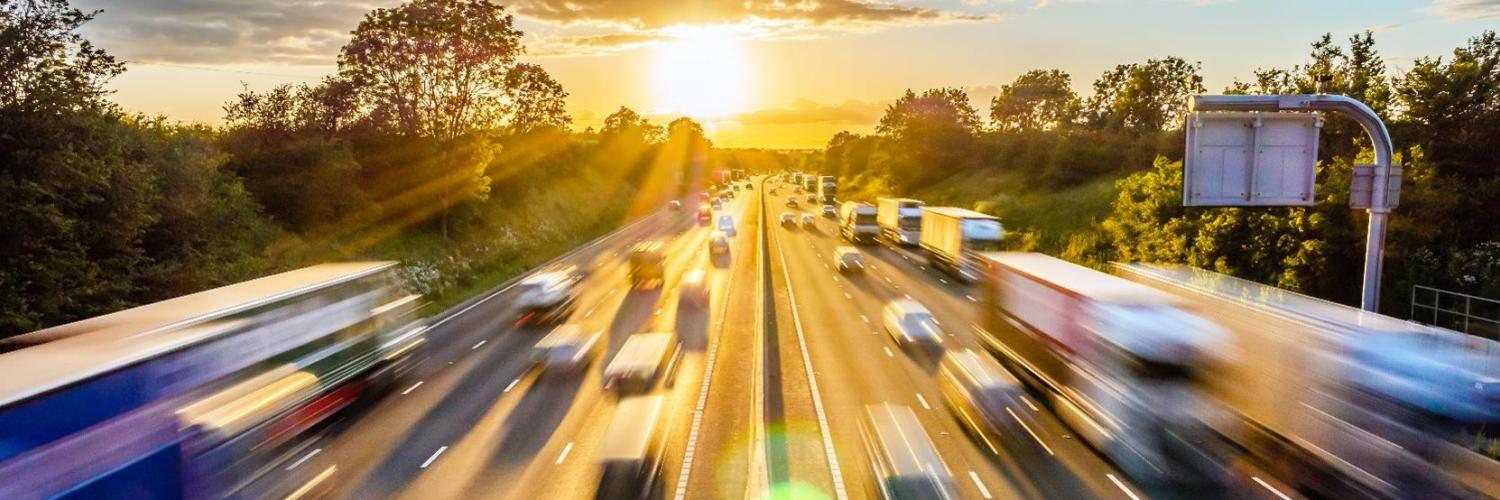The 20mph Zone Debate
The topic of 20 mph zones has been a subject of contention in recent months, with various perspectives on its implementation and effectiveness.
The debate revolves around balancing road safety and drivers’ freedom. Advocates for lower speed limits make a compelling case for enhanced safety, particularly in the proximity of schools and residential areas. Notably, Wales took a pioneering step by becoming the first UK country to implement a reduction in speed limits, transitioning from 30mph to 20 mph in built up areas. Furthermore, as of September 17, 2023, Wales adopted a national default urban and village speed limit of 20 mph, marking a significant milestone in its commitment to road safety and community well-being [1].

It is a fact that 20 mph speed limits save lives. When a vehicle travelling at 20 mph strikes a person compared to a vehicle at 30 mph, their odds of survival increase by 93%. Recent data from Transport for London underscores the effectiveness of these lower speed limits, particularly in major and faster road areas. For example, since the 20mph speed limits have been introduced, collisions involving vulnerable road users have decreased by 36% (from 453 to 290) [2].
Nonetheless, while some have celebrated introducing 20 mph zones as a positive measure, it has encountered resistance from certain drivers who perceive it as excessively limiting. Critics argue that these restrictions are motivated by ideology and are punitive towards motorists. They contend that applying blanket speed limits without corresponding infrastructure improvements may result in lower compliance and heightened traffic congestion, potentially leading to longer travel times and more hazardous road conditions [3].
Within this ongoing debate, the issues of speed and road safety loom large. The escalating toll of fatalities and injuries resulting from high-speed driving underscores the need for effective measures. Recent government data reveals a distressing trend, with 303 individuals in 2022 losing their lives due to vehicles exceeding the speed limit – an alarming 20% rise compared to the preceding year [4]. Equally concerning is the plight of an additional 28,031 individuals who sustained serious or life-altering injuries, emphasising the critical importance of addressing this issue.
In summary, while we have made significant strides in implementing 20mph zones, it is crucial to continue pushing these initiatives. It is not just a matter of slowing down; it is a collective commitment to nurturing the well-being of our communities and creating safer, more sustainable urban spaces for everyone.

For more information about Road Safety Week 2023, please visit our Road Safety Week page.
For more information on Driver and Fleet safety, please visit the Arval Safety Hub
Check out Brake’s Knowledge Centre: Roads in communities | Brake
References
[1] Welsh Government (2021) Introducing default 20mph speed limits. GOV.WALES. Available at: https://www.gov.wales/introducing-default-20mph-speed-limits
[2] Transport for London (2023) New data shows significant improvements in road safety in London since introduction of 20mph speed limits. Tfl Newsroom. Available at: https://tfl-newsroom.prgloo.com/news/tfl-press-release-new-data-showssignificantimprovements-in-road-safety-in-london-since-introduction-of20mphspeed-limits
[3] Grammaticas, D & Morton, B (2023) Rishi Sunak could limit 20mph zones to target driver vote. BBC News. Available at: https://www.bbc.com/news/uk-politics-66957733
[4] Department for Transport (2023) Reported road casualties Great Britain, annual report: 2022. GOV.UK. Available at: https://www.gov.uk/government/statistics/reported-road-casualties-great-britain-annual-report-2022/reported-road-casualties-great-britain-annual-report-2022




